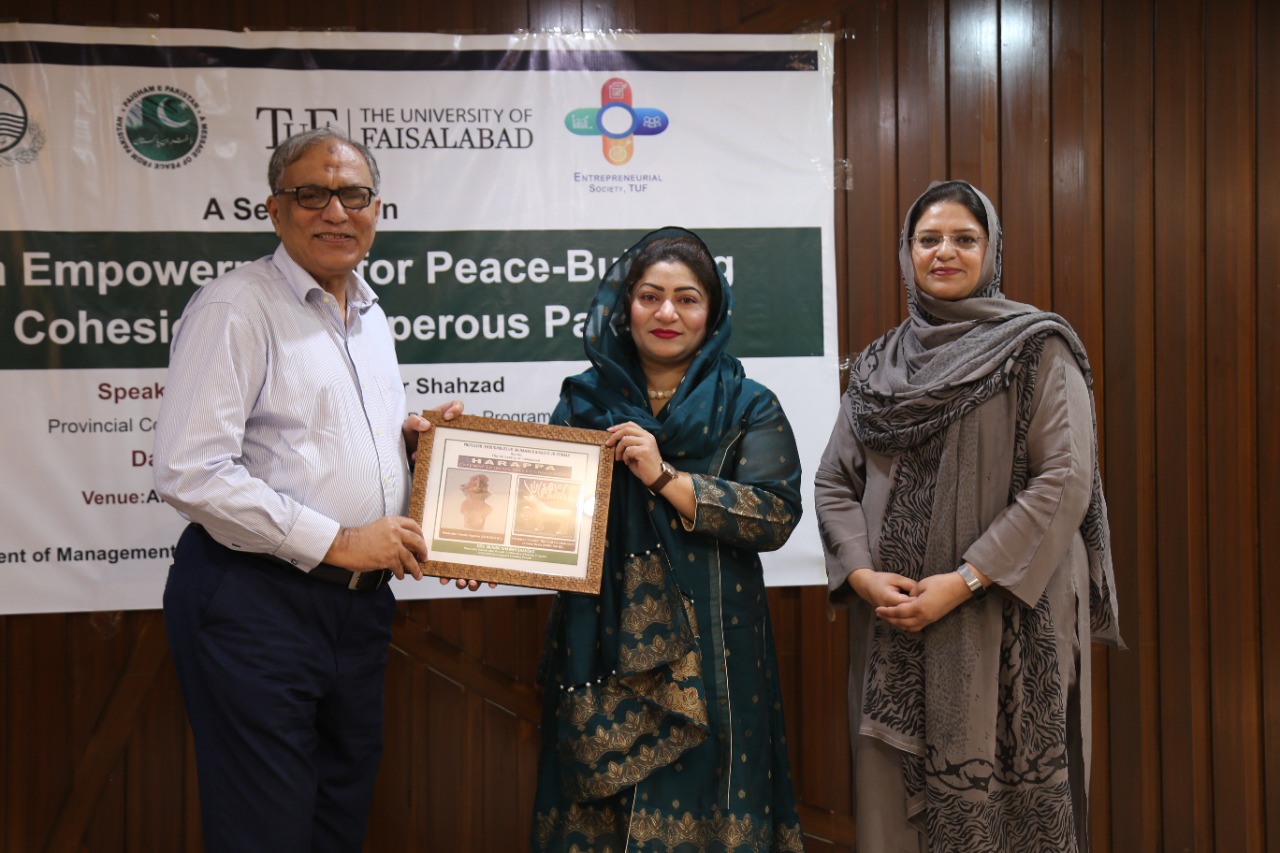By: Aliya Khurshid and Aiman Naz
“Schizophrenia is an ongoing mind issue that influences short of what one per cent of the U.S. populace. At the point when schizophrenia is dynamic, manifestations can incorporate daydreams, mind flights, disarranged discourse, the issue with speculation and absence of inspiration”. Schizophrenia is a mental illness that meddles with typical cerebrum working. It makes influenced individuals show odd and regularly profoundly silly or disarranged conduct. Since the cerebrum is the organ in the body where thinking, feeling and comprehension of the world happens (where cognizance exists), a mind infection like schizophrenia adjusts thinking, feeling, comprehension and awareness itself in influenced people, transforming themselves for the more terrible. People with schizophrenia commonly experience hallucinations, which are phantom sensations that only they perceive (such as voices speaking to them that only they can hear), and delusions, which are fixed, mistaken ideas (sometimes quite outlandish and illogical ideas) concerning themselves and their surroundings. Both hallucinations and delusions are involuntary in nature, occurring spontaneously and without premeditation on the part of the patients who experience them. Typically, attempts to correct patients’ delusions are met with resistance and defensiveness. From their internal perspective, patients’ delusions seem to be true. Schizophrenia is an ongoing mind issue that influences short of what one per cent of the U.S. populace. At the point when schizophrenia is dynamic, manifestations can incorporate daydreams, mind flights, disarranged discourse, issue with speculation and the absence of inspiration. The term “schizophrenia” was first used in 1911 by a Swiss psychiatrist, EUGEN BLUER. It comes from the Greek roots schizo (split) and pyrene (mind). Bluer used this name to emphasize the mental confusion 3 and fragmented thinking characteristic of people with the illness. His term was not meant to convey the idea of an actual split or multiple personalities. This confusion has, however, become a common and rather entrenched myth regarding schizophrenia that continues to this day. Symptom of Schizophrenia The condition usually shows its first signs in men in their late teens or early 20s. It mostly affects women in their early 20s and 30s. The period when symptoms first start and before full psychosis is called the prodromal period. It can last days, weeks, or even years. It can be hard to spot because there is usually no specific trigger. You might only notice subtle behavioural changes, especially in teens. Positive symptoms of Schizophrenia are the following: Delusions These are false, mixed, and sometimes strange beliefs that are not based, and that the person refuses to give up, even when shown the facts. Hallucinations These involve sensations that are not real. Hearing voices is the most common hallucination in people with schizophrenia. The voices may comment on the person’s behaviour, insult them, or give commands. Less common types include seeing things that aren’t there, smelling strange odours, having a funny taste in your mouth, and feeling sensations on your skin even though nothing is touching your body. Catatonia in this condition, the person may stop speaking, and their body may be fixed in a single position for a very long time. These are positive manifestations that show that the individual can’t think unmistakably or react true to form. Models include: o Talking in sentences that do not bode well or utilizing garbage words, making it hard for the individual to impart or hold a discussion. o Moving rapidly starting with one idea then onto the next without self-evident or coherent associations between them. o Moving gradually being not able to decide. 4 o Composing unnecessarily yet without importance. o Neglecting or losing things. The word “negative” here does not mean “bad.” It notes the absence of normal behaviours in people with schizophrenia. Negative symptoms of schizophrenia include o Lack of emotion or a limited range of emotions. o Withdrawal from family, friends, and social activities. o Less energy. o Speaking less. o Lack of motivation. o Loss of pleasure or interest in life. o Poor hygiene and grooming habits. The exact cause of schizophrenia is not known. But like cancer and diabetes, schizophrenia is a real illness with a biological basis. Researchers have uncovered several things that appear to make someone more likely to get schizophrenia, including Genetics (heredity) Schizophrenia can run in families, which means a greater likelihood to have schizophrenia may be passed on from parents to their children. Brain chemistry and circuits People with schizophrenia may not be able to regulate brain chemicals called neurotransmitters that control certain pathways, or “circuits,” of nerve cells that affect thinking and behaviour. Brain abnormality Research has found abnormal brain structure in people with schizophrenia. But this does not apply to all people with schizophrenia. It can affect people without the disease. Environment Things like viral infections, exposure to toxins like marijuana, or highly stressful situations may trigger schizophrenia in people whose genes make them more likely to get the disorder. Schizophrenia more often 5 surfaces when the body is having hormonal and physical changes, like those that happen during the teen and young adult years. Medication The primary medications used to treat schizophrenia are called antipsychotics. These drugs don’t cure schizophrenia but help relieve the most troubling symptoms, including delusions, hallucinations, and thinking problems. Psychosocial treatment While prescription may help diminish indications of schizophrenia, different psychosocial medicines can assist with the conduct, mental, social, and word related issues that go with the disease. Through treatment, patients additionally can figure out how to deal with their side effects, recognize early admonition indications of backsliding, and concoct a backslide anticipation plan. Psychosocial treatments include Rehabilitation which centres around friendly abilities and occupation preparing to assist individuals with schizophrenia work locally and live as freely as could really be expected. Intellectual remediation includes learning methods to compensate for issues with data preparation. It frequently utilizes drills, training, and PC based activities to reinforce mental abilities that include a consideration, memory, arranging, and association. Singular psychotherapy can assist the individual with bettering their sickness and acquire adapting and critical thinking abilities. Family treatment can help families manage a friend or family member who has schizophrenia, empowering them to help more readily their adored one. Electroconvulsive treatment (ECT) In this method, terminals are connected to the individual’s scalp. While they are sleeping under broad sedation, specialists send a little electric stun to the cerebrum. A course of 6 ECT treatment as a rule includes 2-3 medicines each week for a little while. Each stun treatment causes a controlled seizure. A progression of medicines over the long-haul prompts perking up and thinking. Researchers do not completely see precisely how ECT and the controlled seizures it causes help, yet a few analysts think ECTactuated seizures may influence the arrival of synapses in the cerebrum. Conclusions: Schizophrenia is a psychological problem related with an assortment of indications, including mind flights, hallucinations, social withdrawal, and intellectual brokenness. Impedances on dynamic errands are regularly detailed: proof focuses to a specific deficiency in gaining from and amending conduct following input. What is more, patients will in general settle on rushed choices when probabilistic decisions are required. This is known as “making quick judgment calls” (JTC).









